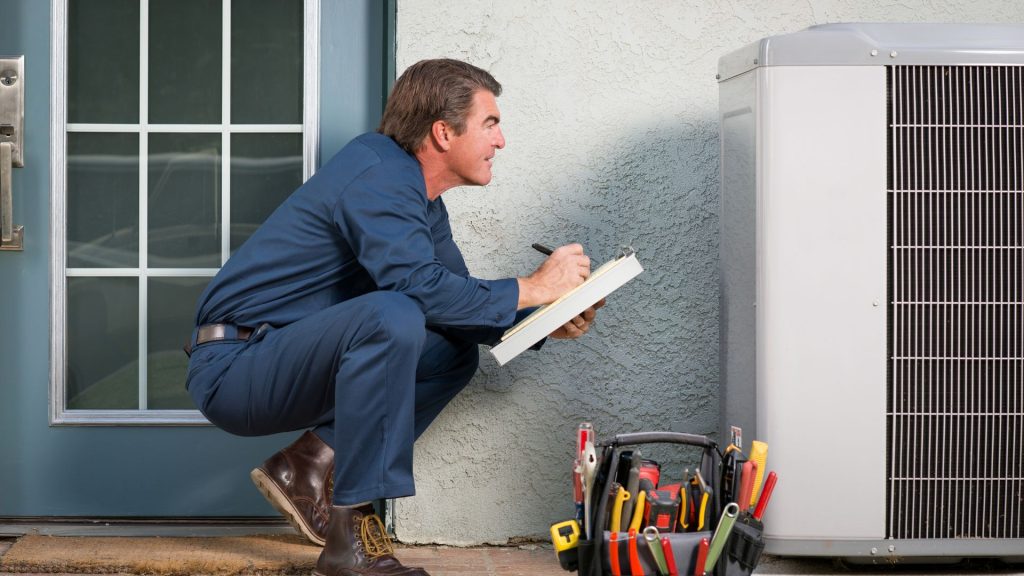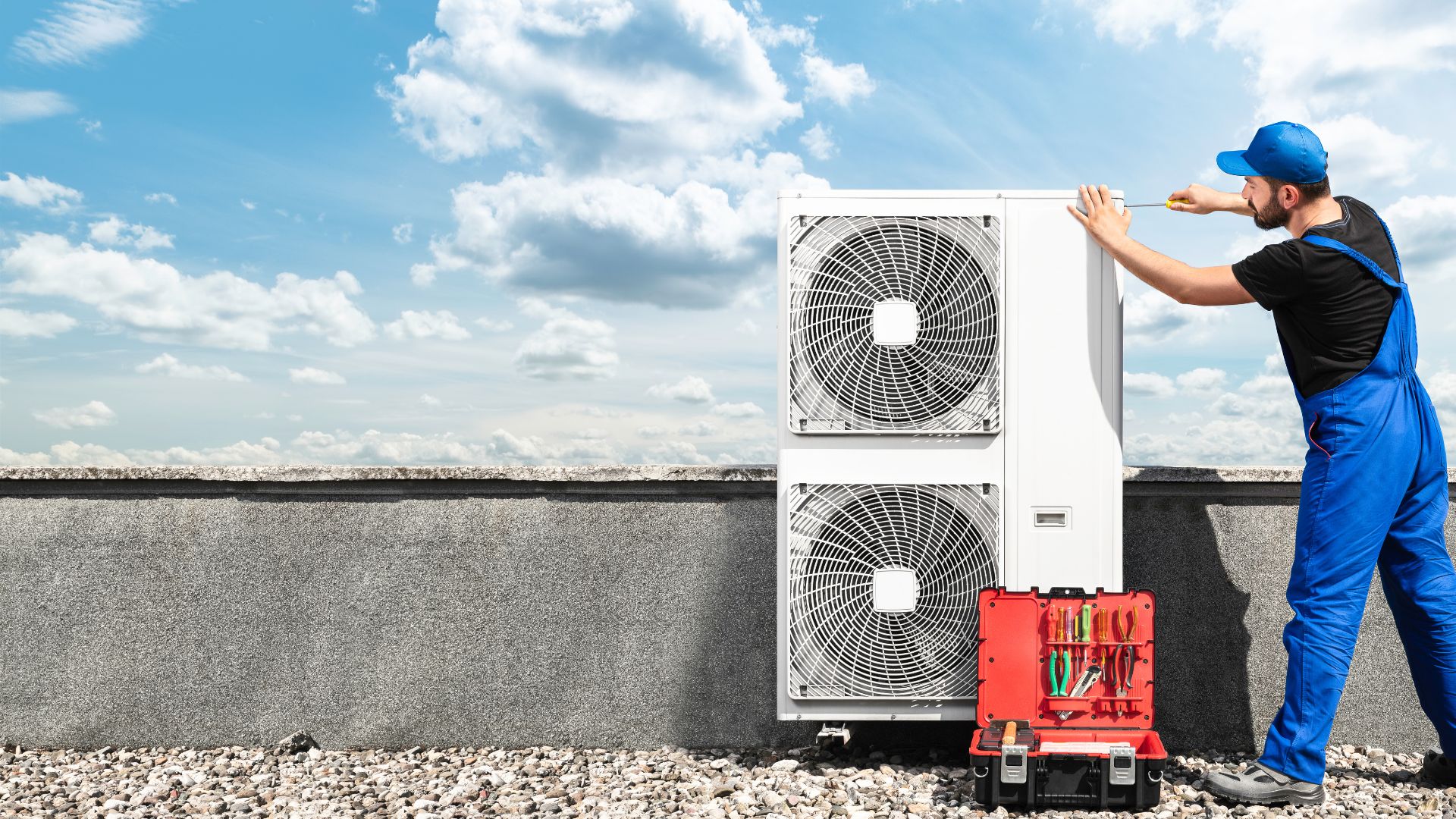Is your compressor’s amp draw abnormally high? What counts as a high amp draw? The guide below will tell you.
What Is High Amp Draw?
The compressor draws more amps than the rating on the nameplate suggests. Check the manual. The manufacturer will tell you how many amps the compressor should pull. If your tests reveal more amps than those in the manual or on the nameplate, the unit has a problem.
How many Amps Does A Compressor Draw?
It depends on the type of compressor and the setting. For instance, Builder Create expects the average air compressor to use 15 – 20 amps. 12V compressors can use as many as 30 amps.
What Causes High Amp Draw On A Compressor?
Has your air conditioner stopped working? Is it only blowing warm air? Your troubleshooting process may reveal a high amp draw. But is that normal? No, it isn’t. One or more of the following factors could be at fault:
1). Locked Rotor
Have you noticed that the compressor is running but not generating air? Or maybe the compressor sounds like it is trying and failing to run. You have a locked rotor. If you test the common wire with an amp clamp, you will observe higher amps than usual.
2). Start-Up
Are the amps consistently high, or do you only notice this issue during start-up? If the amps are only higher during start-up, this phenomenon is normal. Appliances with motors use significantly more power when they start.

A 1.5HP compressor uses a whopping 40 amps when it starts, even though it only consumes nine amps while running. This is why manuals emphasize start-up amps.
Some people base their selection of a breaker or circuit size on the running amps. They don’t realize that an appliance can overload the circuit during those first few seconds when it starts, even though it uses fewer amps during normal operations.
A high amp draw is not a cause for concern during start-up. In fact, a low amperage is a bigger concern.
3). Damaged Compressor
Maybe the compressor is damaged, or it has a factory defect. Compressors are susceptible to faults and malfunctions. But a high amp draw does not prove that the compressor is damaged. Look for the following signs:
- Do you hear strange noises such as ticking and chattering? Humming is normal. Ticking should concern you because it typically manifests in response to a failing electrical relay. As such, the appliance is struggling to turn on and off.
- Rattling compressors betray loose mountings.
- A faulty compressor won’t generate the cool air you need to improve conditions in your home. If it produces cold air, it will do so inconsistently and unreliably. Don’t be surprised if the unit generates warmer air.
- Look for leaking refrigerants. Do you see puddles of water around the unit? The appliance cannot produce cool air without refrigerant. In other words, it will eventually stop working.
- A defective compressor will repeatedly trip the breaker.
4). Low Voltage
Low voltage produces high amps. Make sure the compressor has access to the appropriate voltage. These devices have nameplates and labels that reveal the number of amps they pull and the voltage they need.
Your electrical system should match the unit’s demands. Look for loose connections. This is a significant undertaking because it means inspecting everything from the motor leads to the distribution panel and motor operator. This task is necessary because loose connections can produce low voltage, which, in turn, leads to a high amp draw.
5). Age
AC units have a lifespan of 20 years. Like every appliance in your home, these devices will eventually wear out. Once that happens, they will pull more amps because their components have stopped operating optimally.
You can replace some of those components with newer models, but that will only delay the inevitable. Eventually, it will become more cost-effective to replace the entire unit. Until you take that final step, the compressor will continue to pull more amps. After a while, it will stop working altogether.
As you can see, you have a multitude of factors to consider while troubleshooting a high amp draw. Some additional culprits include:
- Faulty condenser fan.
- Clogged condenser coils.
- High ambient temperature.
- Weak capacitor.
- High evaporator loads.
- High suction pressure.
- Worn bearings.
- Worn rods.
Keep an eye on the weather. According to Fluid-Aire Dynamics, a drastic temperature drop makes air compressor oil thicker, increasing the power the pump uses to operate because of insufficient lubrication. The motor’s amp draw will increase in the process.
Is High Amp Draw Dangerous?
A high amp draw can harm the compressor in the long run because of the strain it exerts. You should also consider the impact on the circuit. Contractors are encouraged to use breakers whose sizes exceed the load they want to accommodate.
For instance, you can run a 40A load on a 40A circuit. But you are better off using a 50A circuit just in case the load’s amp draw skyrockets because of a short circuit or malfunction. A compressor with a higher amp draw may overload the circuit.
This isn’t a problem if you have a functional breaker. It will trip before the wires can overheat. But if the breaker fails, the compressor’s increasing amp draw may start a fire because the conductors are carrying more electricity than they can withstand.
HVAC Brain is worried about overheating. If the compressor’s amperage is high because of a locked rotor, the compressor will overheat because it can’t use the refrigerant to cool down. If you’re lucky, the extreme temperatures will trigger the thermal overload switch.
How Do I Know If Compressor Is Drawing High Amps?
ACHR NEWS wants consumers to record and apply the suction pressure, amperage, discharge pressure, and voltage readings to the compressor curve sheet on their platform.
They don’t trust the amp readings. But the best way to determine whether or not the compressor is drawing too many amps is to look at its nameplate. The nameplate will show you the number of amps the unit should use. Compare that figure to the amps you’ve recorded.
How Do I Fix The High Compressor Amp Draw?
1). If your compressor pulls more amps than usual because of the cold weather, one solution involves weatherproofing the compressor to maintain optimal ambient temperatures. Perform regular maintenance to identify and eliminate moisture and ice before they can harm the unit.
2). Fox Family HVAC encourages consumers with a locked rotor to use a hard start kit. But the hard start kit does not always work.
3). Identify and tighten loose connections to resolve problems associated with a low voltage.
4). You can fix or replace damaged components, such as the condenser fan, coils, bearings, rods, and capacitors. You need the assistance of a technician to troubleshoot, identify, and repair or replace these components.
5). Replace a compressor at the end of its lifespan. If the compressor has yet to reach the end of its lifespan, but the cost of repairing the damaged components is too high, you should buy a new compressor.
Related post:

